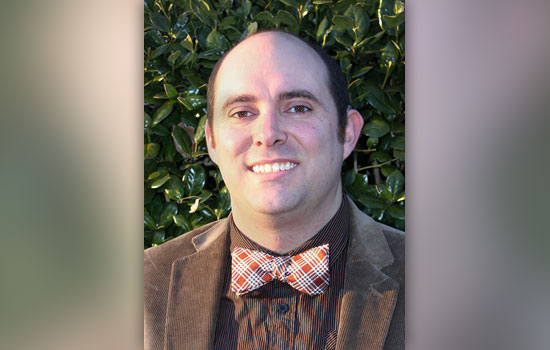Explore impact of 3D printing on drone technology
Steven Forney speaks March 4 as part of Lyon Memorial Lectureship Series
Steven Forney, a research associate for the Systems Management and Production Center at University of Alabama in Huntsville and an RIT graduate, will speak at NTID on March 4 as part of the Lyon Memorial Lectureship Series.
The use of 3D printing technology to create human body parts has been widely reported in the news lately, but what impact does this technology have on creating and improving drone “body” parts?
Steven Forney, a research associate for the Systems Management and Production Center at University of Alabama in Huntsville, will present “Technology Innovation: 3D Printing and Multi-rotors Drone Technology” at 7 p.m. Wednesday, March 4, in the CSD Student Development Center, National Technical Institute for the Deaf, Rochester Institute of Technology. A question-and-answer session follows the free presentation, which is part of this year’s Edmund Lyon Memorial Lectureship Series.
Forney, who is deaf and earned a bachelor’s degree in mechanical and electrical engineering technology from RIT in 2012, will explore the rise of 3D printing and how it benefits innovation and drone technology. According to Forney, 3D printing is playing a significant role in helping with the drones’ continuous field maintenance and repair, as well as increasing innovation, improving communication, reducing development costs and garnering interest from clients and contractors. Forney is also an expert in reverse engineering and is currently pursuing a master’s degree in human-computer interaction from RIT.
He will be using American Sign Language. Interpreters and captioning services will be available.
The purpose of the lectureship series is to bring distinguished speakers to NTID to share expertise and scholarly contributions that stand on the cutting edge of advancement in the education and career success of deaf persons.













